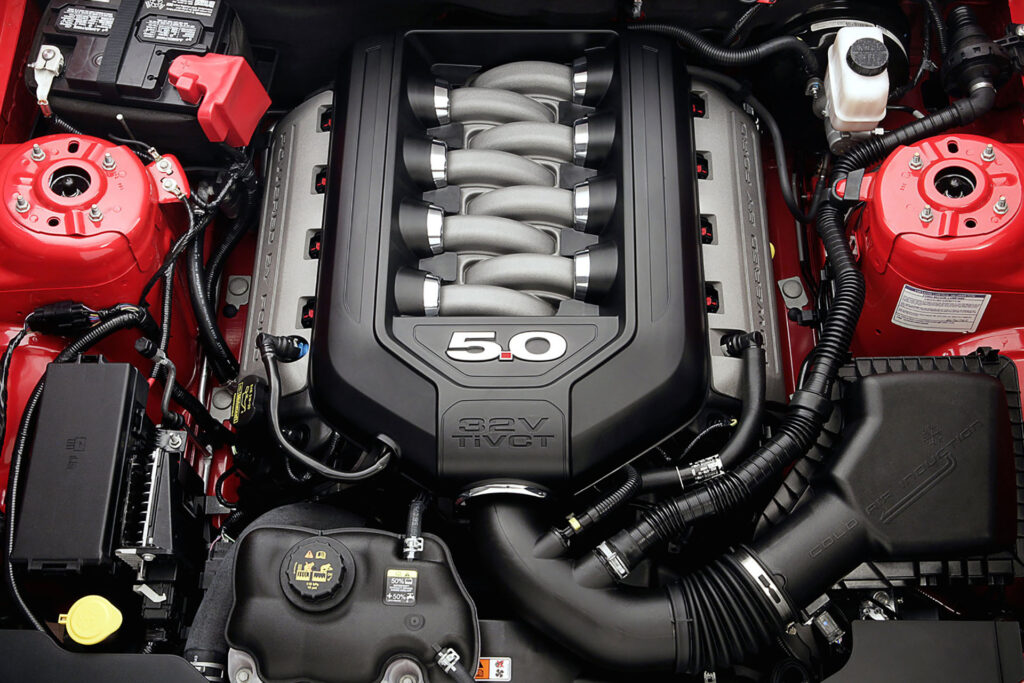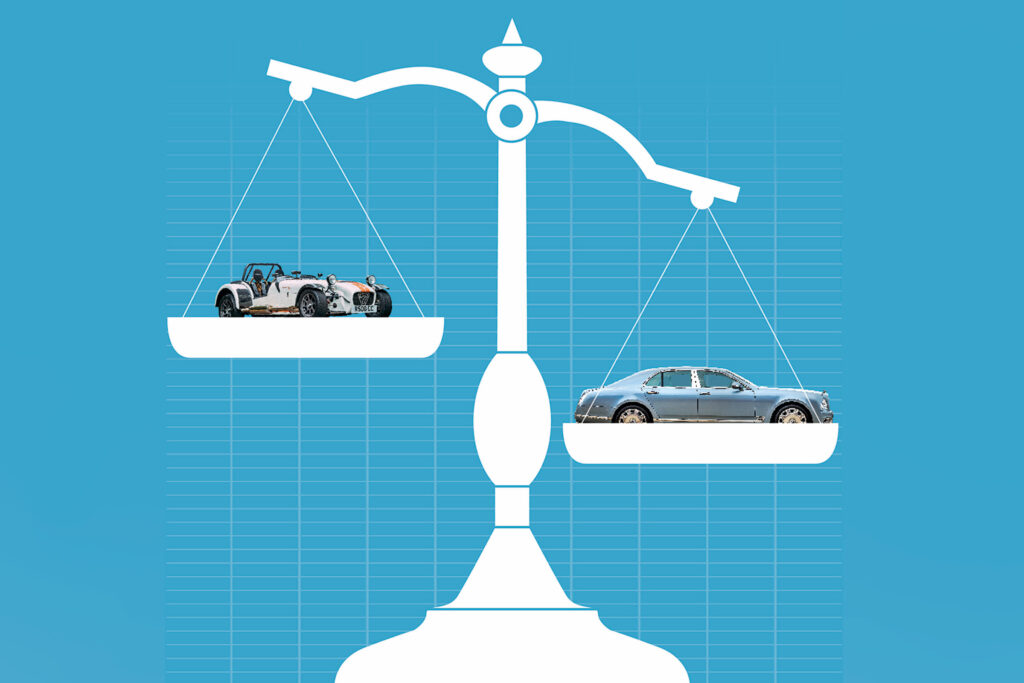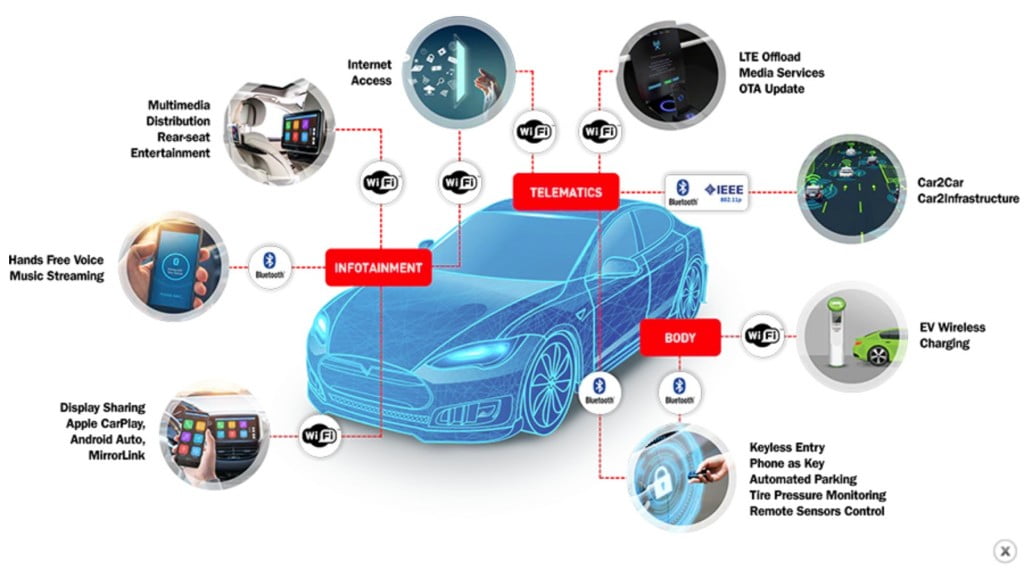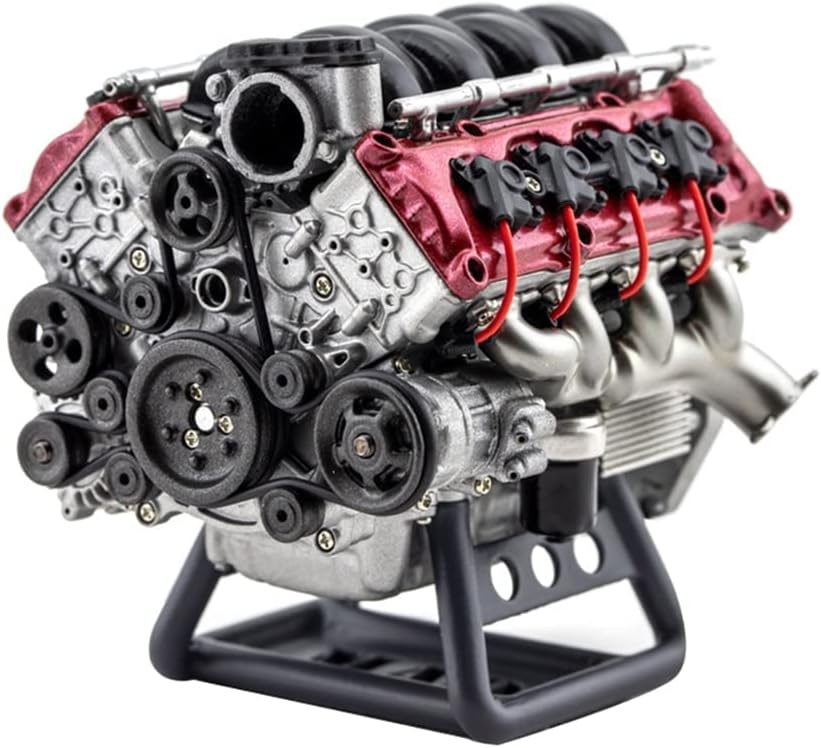
The automotive industry has witnessed a remarkable shift in engine technology over the years, with the once-mighty V8 engines that ruled the roads gradually being replaced by more fuel-efficient and eco-friendly 4-cylinder engines. This transformation has been driven by a combination of factors, reflecting changing consumer preferences, environmental concerns, and advancements in engineering. In this article, we delve into the reasons behind this significant shift.

Fuel Efficiency in Focus
One of the primary reasons for the transition from V8 to 4-cylinder engines is the ever-growing emphasis on fuel efficiency. With rising fuel prices and environmental concerns, consumers are increasingly looking for vehicles that offer better mileage. 4-cylinder engines are inherently more fuel-efficient due to their smaller size and reduced internal friction. They deliver comparable power while sipping less fuel, making them a practical choice for modern drivers.

Environmental Considerations
The global push for reduced emissions and greater sustainability has pushed automakers to adopt eco-friendly technologies. 4-cylinder engines produce fewer greenhouse gases and pollutants compared to their larger V8 counterparts. This aligns with stricter emission regulations, such as Euro 6 standards and emissions targets set by governments worldwide. The transition to 4-cylinder engines is a proactive response to minimize the automotive industry’s environmental footprint.

Weight Reduction
4-cylinder engines are inherently lighter than V8 engines, contributing to improved vehicle weight distribution and handling. Lighter vehicles require less power to move, further enhancing fuel efficiency. Additionally, advancements in materials and engineering have allowed manufacturers to design 4-cylinder engines with lightweight components, optimizing performance without compromising strength.

Technological Advancements
The advent of turbocharging and direct fuel injection has transformed the capabilities of 4-cylinder engines. These technologies boost power and torque, providing comparable performance to V8 engines while maintaining fuel efficiency. Modern 4-cylinder engines are no longer associated solely with small, underpowered cars; they power a wide range of vehicles, including sports cars and SUVs.

Changing Consumer Preferences
Consumers’ preferences have shifted towards smaller, more compact vehicles that are easier to maneuver in urban environments. 4-cylinder engines align with this trend, as they allow for more space-efficient vehicle designs without compromising power. They also contribute to a smoother and quieter driving experience.

Cost Savings
Manufacturing 4-cylinder engines is generally more cost-effective than producing V8 engines. The reduced complexity and size of 4-cylinder engines translate to lower production costs, which can be passed on to consumers, making vehicles more affordable.
Conclusion: The Rise of the 4-Cylinder Engine
The gradual replacement of V8 engines with 4-cylinder engines represents a significant paradigm shift in the automotive industry. This transition is not just about meeting regulatory standards but also aligning with consumer preferences for efficiency and sustainability. As technology continues to advance, 4-cylinder engines will likely become even more powerful and efficient, further solidifying their place as the engines of the future.



